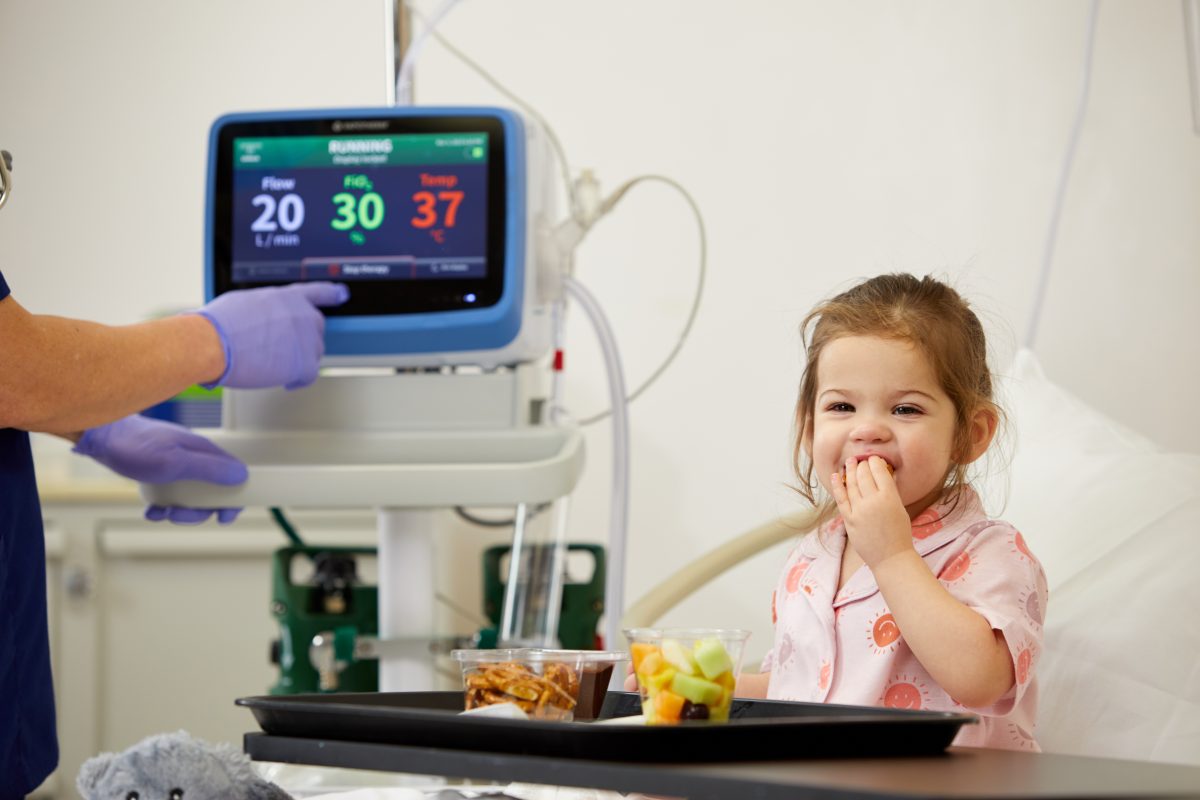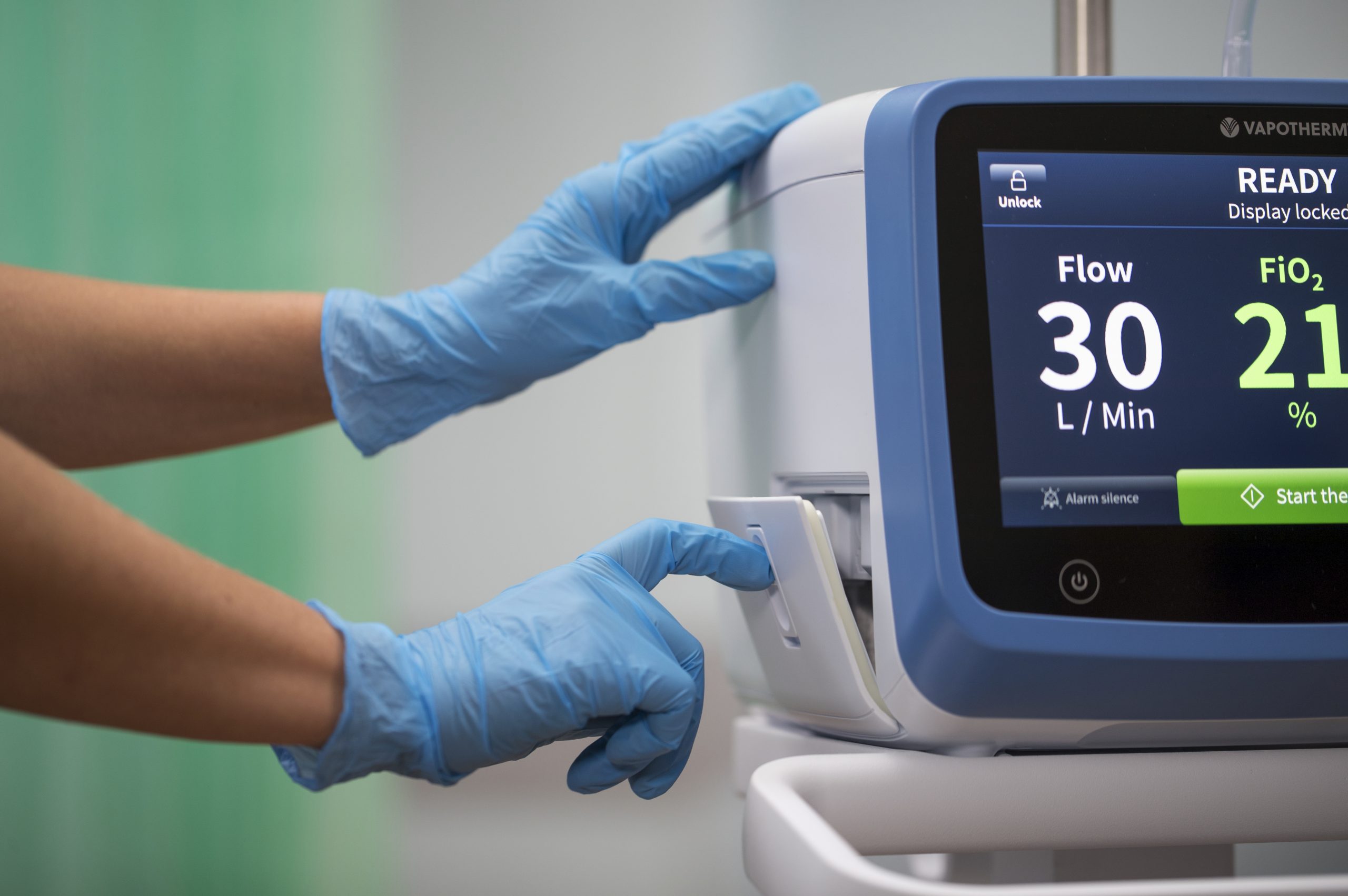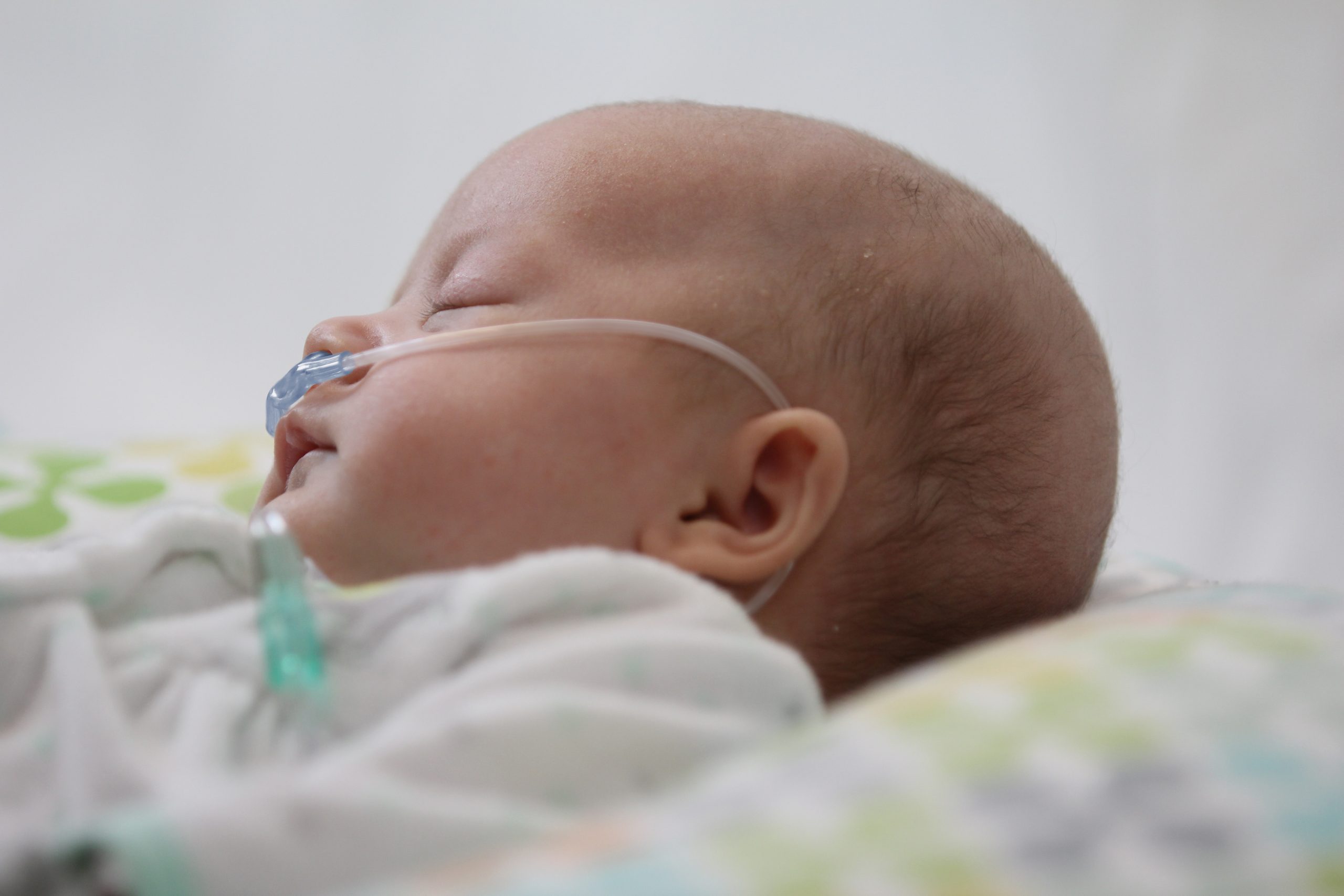
Letting Children be Children
While the advantages of early mobility in critical care are widely acknowledged, its profound impact on patient mental well-being is equally significant. Hear from this Paediatric team at Freeman Hospital, Newcastle, UK, as they share their experience on how much Vapotherm’s mobility solution positively impacts their patients and their families.







